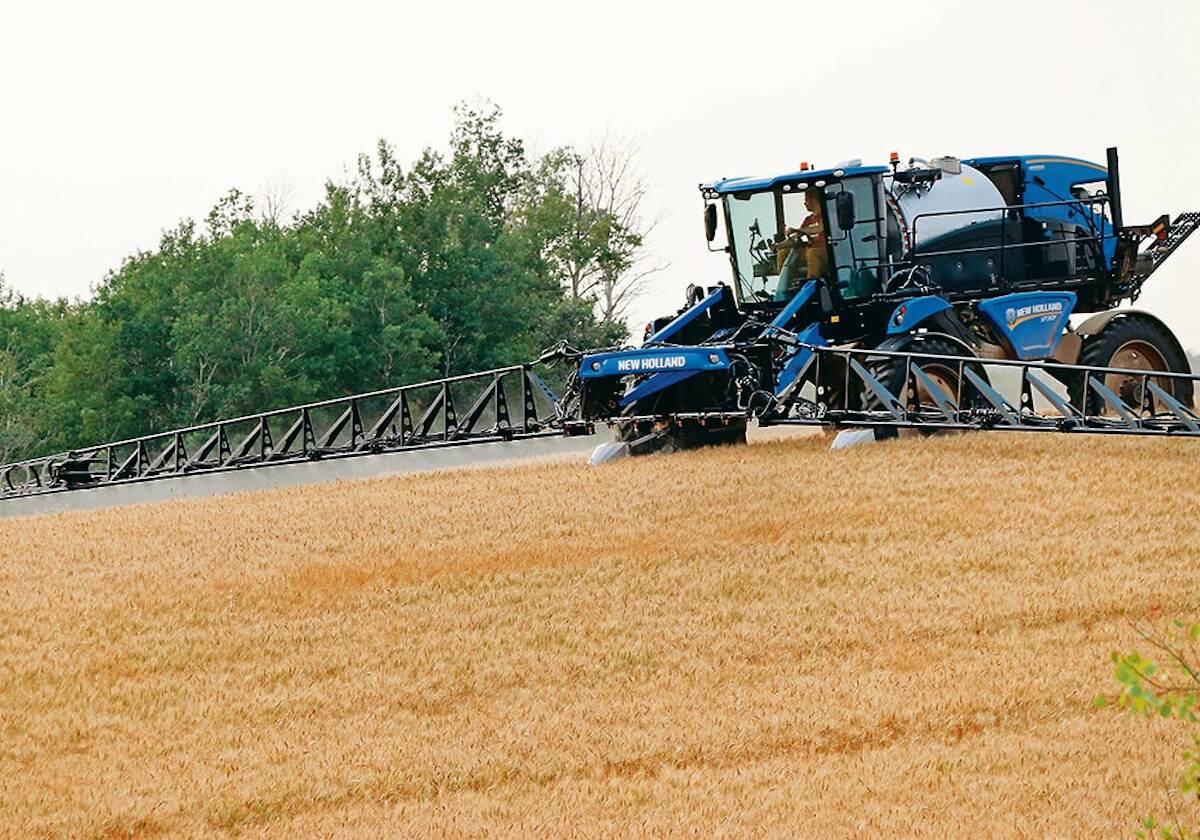Have you ever noticed how a lot of people feel like anyone who disagrees with them is too stupid to know better?
Nowhere is this more widespread than the political realm and the trend seems to grow with each passing election campaign.
Not only are people wrong if they disagree, they’re uniformed, irrational or biased and the person making those judgments feels morally superior because, after all, they’re simply seeing the world objectively.
Therefore, their opposing viewpoints are evil or morally defective, and political solutions can be set aside for less savoury ones.
Read Also

Farming still has digital walls to scale
Canadian farms still face the same obstacles to adopting digital agriculture technology, despite the years industry and policy makers have had to break them down.
The phenomenon is so widespread social psychologists have dubbed it “naive realism” and determined it to be a deep-seated cognitive error, one of the myriad ways our monkey minds, now thrust into the modern world, fail us every day.
This failure is also the basis for a number of other “cognitive biases” that plague us all, and will again be all too familiar to anyone who paid attention to the recent U.S. presidential campaign.
There’s the “false consensus” effect, where people tend to overestimate how many people share their views. The modern world of the Internet has kicked this one into overdrive, where it’s possible to go through life in a bubble, encountering only similar opinions, carefully curated by an algorithm that wants to sell you something. The impact of so-called “fake news” in shaping public opinion is a whole other topic.
There’s the “bias blind spot,” where we assume the judgment of others is impaired because of their pre-existing biases, while our own vision, of course, remains crystal clear, because we’re too smart to have biases.
Even the modern hatred and mistrust of the media can in part be interpreted through this lens, as the “hostile media” effect. This can lead to two groups with opposing views watching the same media reports and each in turn assuming the media is biased in favour of the other.
One thing all of these related trends share is they’re poisonous for political debate, because they can lead to demonization of the opposing side and act as justification for terrible things like post-election violence.
In the wake of the U.S. election, it’s tempting to assume this is just an American problem and smugly assume we’re somehow immune to all of this.
Of course nothing is further from the truth, and a visit (though I don’t recommend this for your mental health) to the online comments section of any major media outlet will prove this. Any contentious point pretty quickly boils down to “Libtards” this and “Clownservatives” that, and I won’t even talk about what they’re both calling the NDP.
Clearly this is something we need to get right, and in this high-tech age, it might require a trip back to the past.
I first encountered Robert’s Rules of Order sometime in the early 1980s, at a meeting of the Jordan River 4-H Club. With its “point of privilege” and “point of information” and agenda, even back then it seemed hopelessly quaint and perhaps a bit overblown, considering we were talking about a small handful of kids and their parents meeting in a living room.
I recognize now that the goal wasn’t as much about that meeting, but developing a culture for our participation in future meetings — meetings that would prove to be far more contentious than the date and location of the annual field day.
You can still see this form and structure in action at farm policy meetings. Take the recent Keystone Agricultural Producers fall advisory council meeting at Portage la Prairie. One of the top agenda items was the organization’s newly minted carbon policy.
It’s hard to imagine any topic in the farm community today that’s more controversial. On one side are people who are concerned about the long-term health of the environment and the fate of their grandchildren. On the other are people with equally strong views about the economic devastation such a policy could unleash on the agriculture sector.
When those kind of closely held views meet, one might expect some fireworks. While the meeting was at times emotional and the debate was spirited, even tense, for the most part it stayed respectful. There was one brief direct back-and-forth exchange between farmers with opposing views that was quickly brought under control by the meeting chair. KAP president Dan Mazier stressed the importance of avoiding division within the farm community and coming to a common view through the policy development process.
Perhaps I’m getting a bit old school as my age advances, but I can’t help but be proud of the industry and the provincial general farm organization for doing business this way.
Compared to the recent news from the world of politics, it really does seem like a much more sensible and productive route.



















